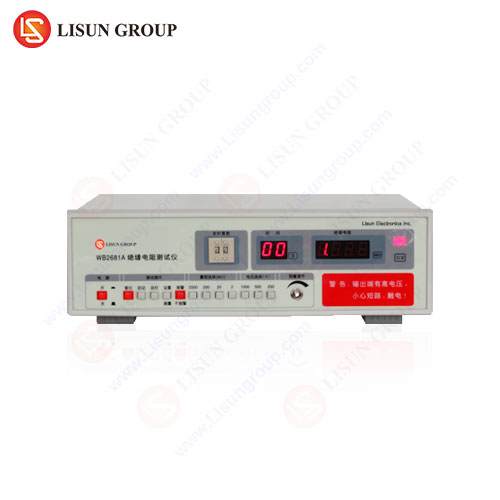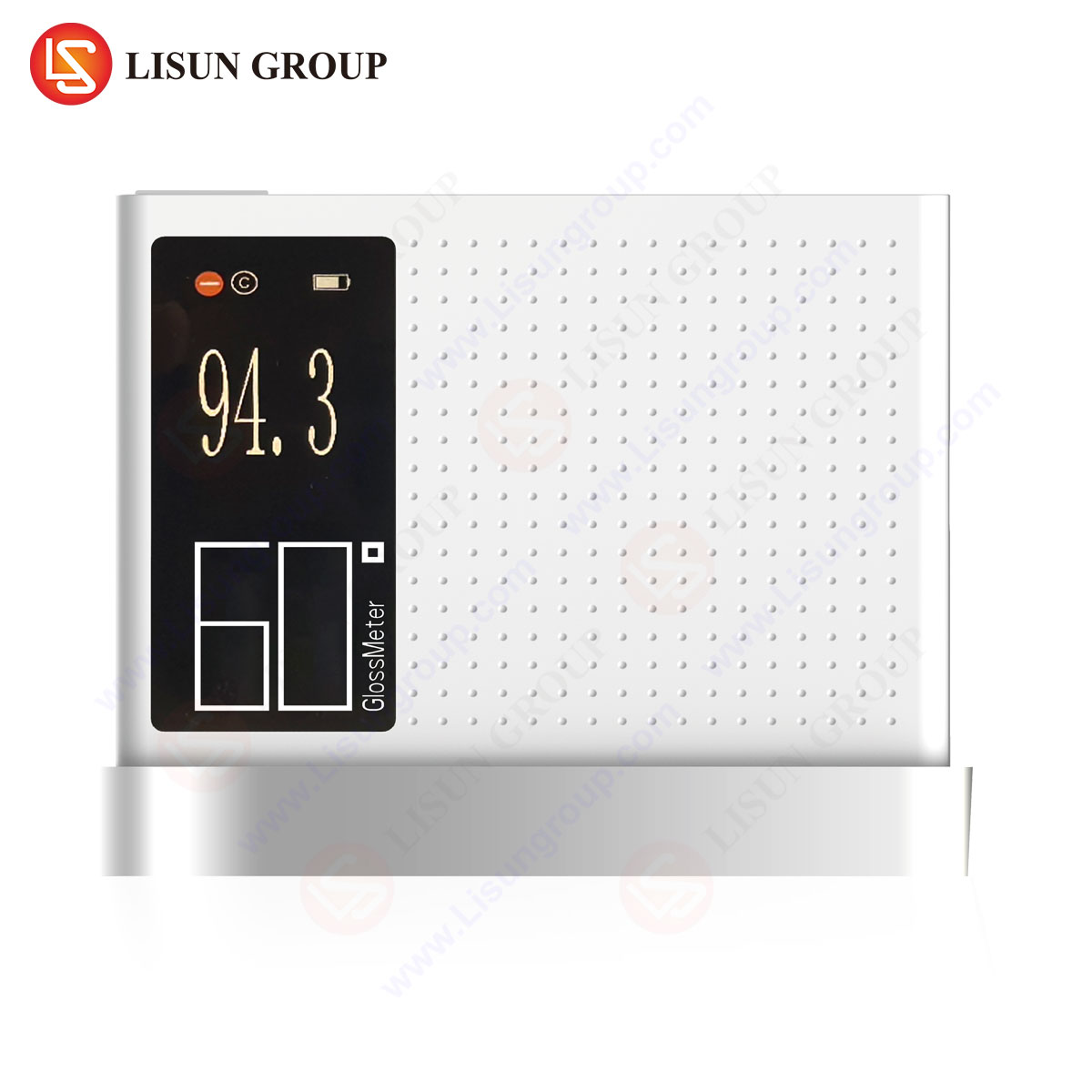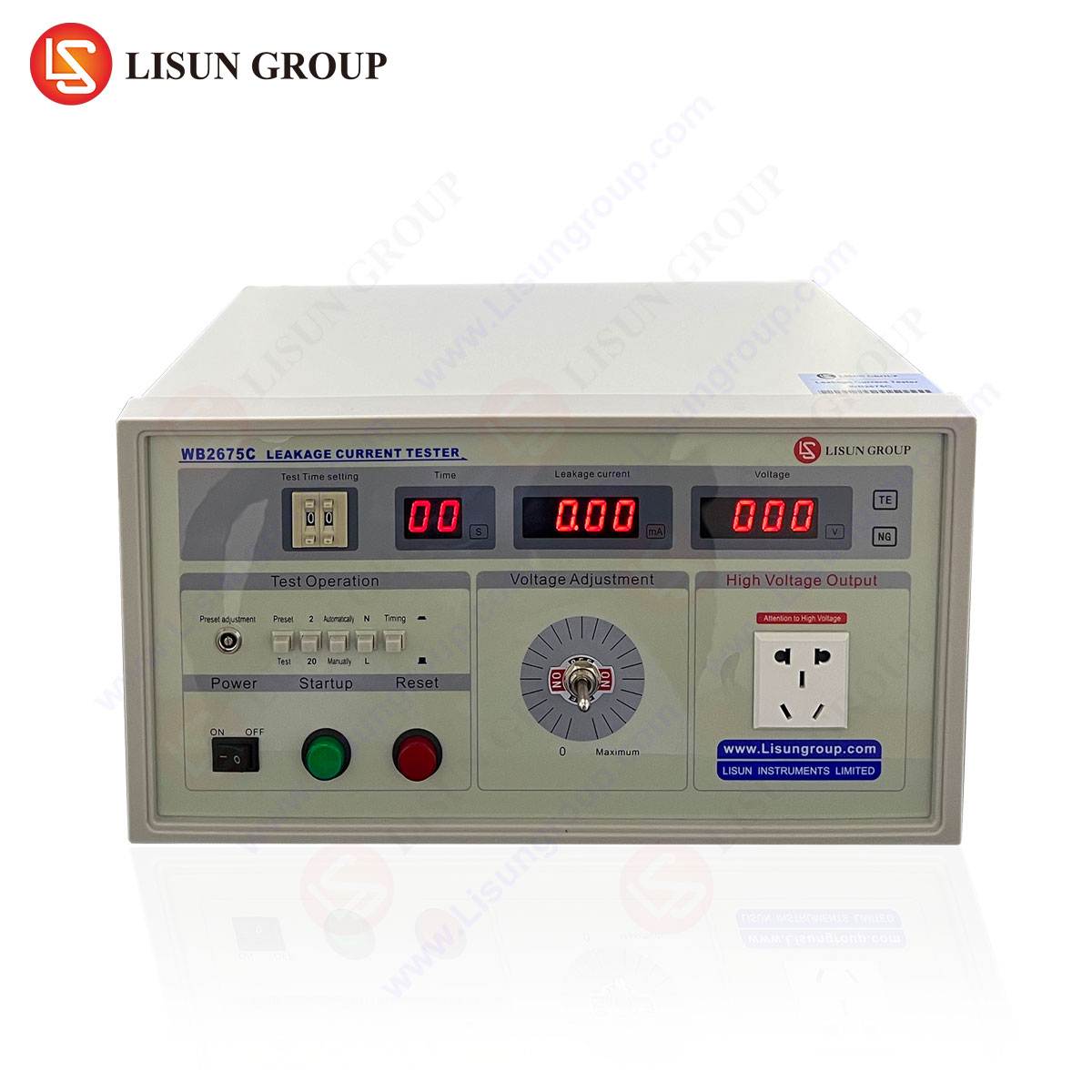The Critical Role of Withstand Voltage Testing in High-Current Circuit Integrity
Within the ecosystem of electrical safety and compliance, withstand voltage testing, also known as dielectric strength or hipot testing, serves as a fundamental gatekeeper. Its primary objective is the verification of adequate electrical insulation, ensuring it can not only endure standard operating voltages but also withstand unexpected transient overvoltages without catastrophic failure. While the principles of this test are universally applied, the specific demands of high-current applications, particularly those approaching 600mA, introduce a distinct set of challenges and necessitate specialized instrumentation. The integrity of components and systems designed to handle significant current loads is paramount, as insulation failures under such conditions can lead to arcing, fire, equipment destruction, and severe safety hazards. This analysis delves into the technical nuances of performing effective and safe withstand voltage testing on high-current applications, examining the underlying theory, critical parameters, industry-specific requirements, and the advanced test equipment required to meet these rigorous demands.
Fundamental Principles of Dielectric Strength Verification
The core principle of a withstand voltage test is the application of a significantly elevated AC or DC voltage between components that are normally isolated from each other—such as primary and secondary circuits, or live parts and chassis ground. This voltage, substantially higher than the operational working voltage, is applied for a specified duration. The test is designed to stress the insulation material beyond its normal service conditions, intentionally seeking out weaknesses. A successful test is one where no dielectric breakdown occurs; that is, the insulation demonstrates sufficient integrity to prevent a sudden, uncontrolled flow of current between the test points.
The critical measurement during this process is the leakage current that flows through the insulation. Even high-quality insulation is not a perfect dielectric; a minuscule amount of current, typically in the microampere (µA) range, will naturally pass through it. The test instrument monitors this current. If the insulation is compromised—due to a pin-hole, a crack, insufficient creepage distance, or contamination—the applied high voltage will cause an excessive leakage current to flow. The test system is programmed with a precise current trip threshold. If the measured leakage current exceeds this user-defined limit, the test is immediately aborted, and the unit under test (UUT) is failed. In high-current designs, the test parameters, especially the trip current, must be carefully calibrated to differentiate between acceptable leakage and a genuine fault, avoiding nuisance failures while maintaining stringent safety standards.
Challenges Inherent to High-Current Application Testing
Applying withstand voltage testing to assemblies rated for currents up to 600mA introduces complexities not present in low-power circuitry. The primary challenge lies in the behavior of components under high-voltage stress. Many high-current devices, such as power supplies, motor controllers, and relay modules, incorporate large-value capacitors, noise suppression filters, and varistors for transient protection. These components present a significant capacitive load to the hipot tester.
When an AC test voltage is applied to a capacitive load, a substantial capacitive leakage current (I_C) will flow, calculated by the formula I_C = 2πfCV, where f is the frequency, C is the capacitance, and V is the voltage. This current is reactive and not indicative of an insulation flaw. A standard hipot tester with a low current output capability may interpret this legitimate capacitive inrush current as a failure, causing a false trip. Consequently, testers for high-current applications must possess a sufficiently high short-circuit current output, often 100mA or greater, to charge these capacitances quickly and stabilize the test voltage without sag, thereby allowing for accurate measurement of the true resistive leakage current component.
Furthermore, the physical consequences of a failure are more severe. An insulation breakdown in a 600mA-capable circuit can release a significant amount of energy, potentially resulting in a sustained arc that carbonizes insulation, vaporizes traces on printed circuit boards, and poses a serious fire risk. Therefore, the test equipment must not only apply a stable voltage but also feature extremely fast detection and shutdown circuitry to interrupt the test the instant a breakdown is initiated, minimizing damage to the UUT and the tester itself.
Instrumentation for Demanding High-Current Hipot Testing: The WB2671A Analyzer
To address the precise requirements of testing high-current, high-capacitance loads, specialized instruments like the LISUN WB2671A Withstand Voltage Tester are engineered. This instrument is designed to deliver the necessary power and intelligence for reliable and safe compliance testing across a broad spectrum of industries. Its specifications are tailored to overcome the challenges previously outlined.
The WB2671A is capable of generating an AC test voltage up to 5kV and a DC test voltage up to 6kV. Its most critical feature for high-current applications is its substantial output power of 750VA. This high power rating translates directly into a strong short-circuit current output, enabling the instrument to effortlessly drive highly capacitive loads without false failures due to voltage droop or inrush current limitations. The instrument offers a wide, programmable leakage current trip range from 0.01mA to 20.0mA for AC testing and 0.01mA to 10.0mA for DC testing, providing the fine resolution needed to set appropriate pass/fail thresholds for diverse products.
Advanced safety and functionality are embedded within its design. It features a rapid arc detection circuit that reacts within milliseconds to quench a breakdown event. The voltage ramp function allows for a soft start, gradually applying the high voltage to mitigate inrush currents and provide a less stressful test for sensitive components. Compliance with international standards such as IEC 61010-1 is inherent, ensuring the instrument itself meets safety requirements for laboratory and production environments. The combination of high power, precise current measurement, and robust safety features makes it an ideal solution for validating the insulation integrity of devices designed for high-current operation.
Industry-Specific Applications and Compliance Standards
The mandate for rigorous dielectric testing is enshrined in the safety standards of virtually every electronics-dependent industry. The requirements for a 600mA-rated device vary significantly based on its application and the potential consequences of its failure.
Medical Devices (IEC 60601-1): Patient safety is the absolute priority. Medical equipment standards mandate stringent withstand voltage tests between the mains input and the patient-applied parts (e.g., sensors, probes). The test ensures that even under a single-fault condition, no hazardous voltage can reach the patient. The high-current capability of a tester like the WB2671A is essential for testing the isolation barriers within switch-mode power supplies that are ubiquitous in medical devices.
Automotive Electronics (ISO 16750-2, LV214): Automotive components must survive a harsh electrical environment characterized by load dump transients and voltage spikes. Withstand voltage tests validate the isolation between high-voltage traction systems (in EVs and HEVs) and the vehicle chassis. Components like battery management systems (BMS), DC-DC converters, and on-board chargers, which handle currents far exceeding 600mA, require testing with a high-power hipot instrument to ensure reliability and safety over the vehicle’s lifetime.
Household Appliances and Industrial Control Systems (IEC 60335-1, IEC 60204-1): These standards require testing between live parts and accessible conductive surfaces. Industrial motor drives, contactors, and programmable logic controller (PLC) modules often incorporate large capacitors and noise filters. A high-power tester is necessary to differentiate the capacitive charging current from a genuine resistive leakage path, ensuring accurate results without false positives.
Aerospace and Aviation (DO-160): The extreme reliability requirements for avionics demand rigorous testing. Withstand voltage tests are performed on everything from flight control systems to in-flight entertainment systems. The ability to test under varying environmental conditions, such as low pressure, is often required, and the test equipment must provide stable, repeatable results.
Telecommunications Equipment (IEC 60950-1, IEC 62368-1): Central office switches, network routers, and base station power systems operate at high currents and must be tested for isolation between the telecommunications network voltage (TNV) circuit and the safety extra-low voltage (SELV) circuit. This prevents dangerous voltages from propagating into user-accessible data lines.
Establishing a Robust and Safe Test Procedure
Implementing a withstand voltage test for a high-current UUT requires a methodical approach. The procedure begins with a thorough review of the applicable safety standard to determine the test voltage, duration, and acceptable leakage current limits. The test voltage is typically based on a multiple of the operational working voltage plus a constant, as specified by the standard (e.g., 2U + 1000V for basic insulation).
The test points must be clearly identified, such as between primary input lines (L/N) shorted together and the protective earth (PE) terminal. For reinforced or double insulation, tests between primary and secondary circuits are also required. The WB2671A’s programmability allows these parameters to be stored and recalled, ensuring repeatability and eliminating operator error in production environments.
Safety is paramount. The test must be conducted within a controlled access area. The UUT should be securely isolated, and the tester must be equipped with and connected to an emergency stop circuit. The use of a test fixture that interconnects with the tester’s safety loop ensures the high voltage is only applied when the UUT is fully enclosed and the operator is at a safe distance. The instrument’s built-in zero-start and voltage-end discharge functions further enhance operator safety by preventing the application of high voltage at startup and automatically discharging stored energy in the UUT after the test is complete.
Data Interpretation and Failure Analysis
A passing test result confirms that the insulation withstood the applied stress and the measured leakage current remained below the trip threshold. This data should be logged as part of the product’s quality records.
A test failure, indicated by the instrument tripping, necessitates a structured failure analysis. The first step is to verify the test setup and parameters. If confirmed correct, the failure mode must be investigated. A low resistance path, indicated by a sudden, large current flow, suggests a gross insulation failure like a bridging solder splash or a puncture. A higher, but still excessive, leakage current may indicate surface contamination (dust, flux residue) providing a partial conductive path, or degradation of the insulation material itself due to heat or aging. The high-speed arc detection in advanced testers helps localize the failure point by minimizing the energy discharged, often leaving a visible mark at the exact location of the breakdown, which aids tremendously in root cause analysis and corrective action.
Häufig gestellte Fragen (FAQ)
Q1: Why is a higher short-circuit current output necessary for testing high-current devices?
High-current devices often have large inherent capacitance due to filtering and energy storage components. A tester with a high short-circuit current (e.g., 100mA or more) can rapidly charge these capacitances without the output voltage sagging. This ensures the test voltage remains stable at the required level throughout the test duration, allowing for an accurate measurement of the true resistive leakage current instead of falsely tripping on the initial capacitive inrush current.
Q2: Can the WB2671A perform both AC and DC withstand voltage tests, and what are the applications for each?
Yes, the WB2671A is capable of both AC and DC output. AC testing is the most common method, as it stresses the insulation in both polarities and is more effective at detecting flaws related to insufficient creepage distance. DC testing is used for devices with very high inherent capacitance, as the capacitive leakage current is zero under DC, simplifying the measurement. It is also used for testing long lengths of cable and wiring systems where the capacitive load would be prohibitive for an AC test.
Q3: How is the appropriate leakage current trip threshold determined for a specific product?
The trip threshold is primarily derived from the safety standard applicable to the product. These standards often specify a maximum allowable leakage current under test conditions. For instance, a standard may stipulate a maximum of 0.25 mA for a Class I appliance. The threshold is then set slightly above the expected natural leakage of a known-good unit to account for minor variations but well below the standard’s maximum limit to ensure a safe margin. This requires initial characterization testing on verified good samples.
Q4: What is the purpose of the ramp-up and ramp-down functions?
The ramp-up (soft start) function gradually applies the high voltage to the UUT. This prevents sudden transient currents from potentially damaging sensitive components within the UUT and prevents the tester from nuisance tripping due to the initial capacitive inrush current. The ramp-down function gradually decreases the voltage at the end of the test, which is a safer and more controlled method than an abrupt cutoff, especially for highly capacitive loads that store significant energy.





